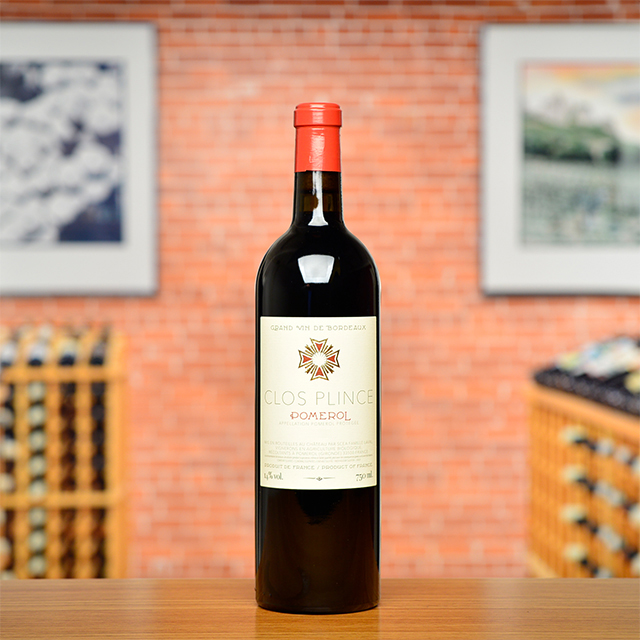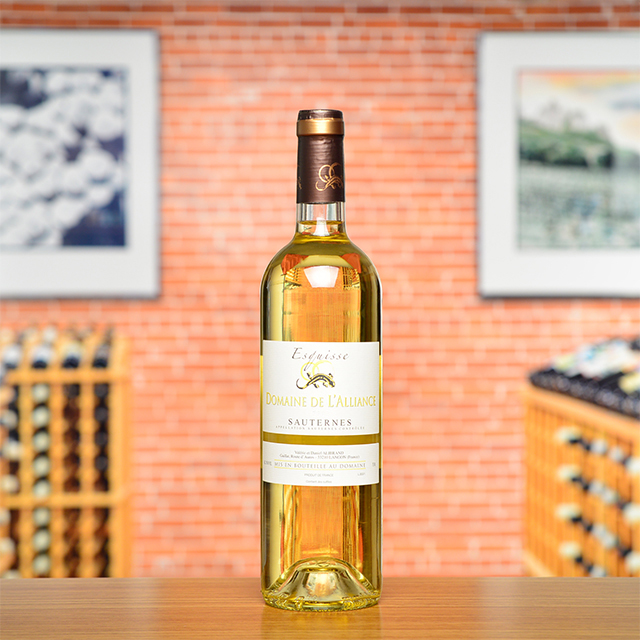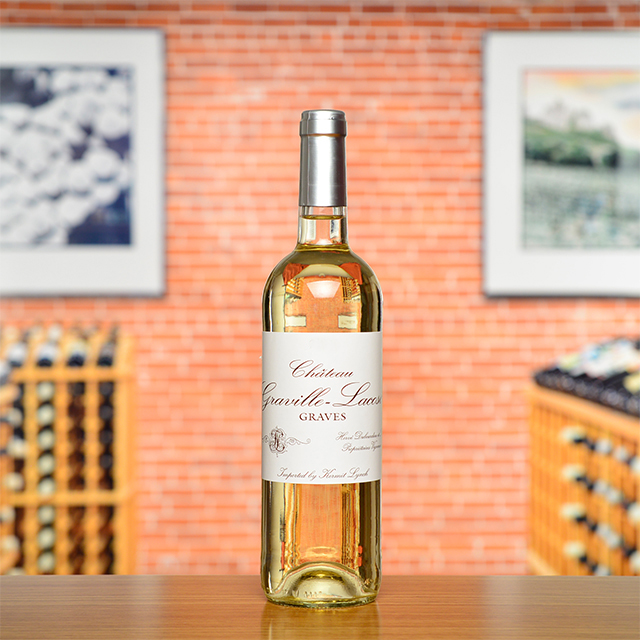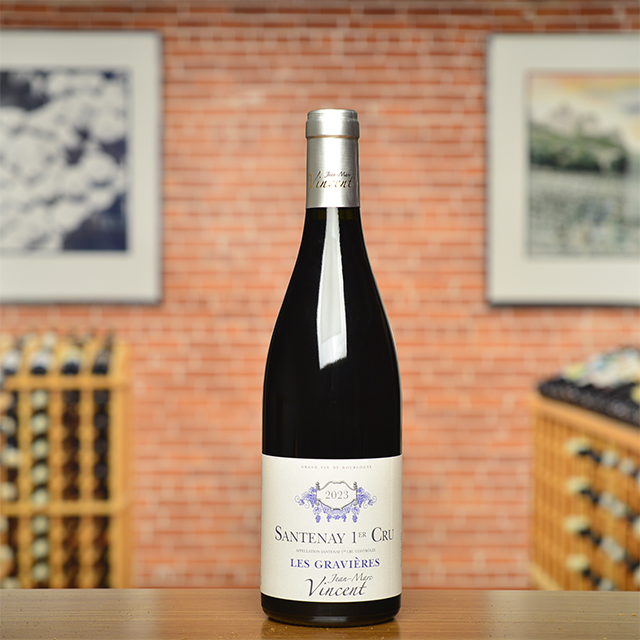Notify me
2015 Fronsac
Château Haut-Lariveau
On a wintry day in January, our group piled into Grégoire and Bénédicte Hubau’s farmhouse for a much-anticipated lunch and tasting. While Grégoire tended to a rack of glistening fat-capped duck breasts roasting over open flames, the rest of us tasted his boldly ripe and energetic 2015 vintage—a perfect pairing, it turns out, for smoky magret de canard. In a region of winemakers-cum-businessmen, Grégoire’s passion and perspective are a treat. When asked about the blend, he will tell you that this single-varietal Fronsac is 50% Mer and 50% Lot. Not your typical response, but typical doesn’t interest him. Regarding the typicity of Fronsac, Grégoire shrugs and says, “I don’t make wine based on an appellation; I make wine based on what the soils tell me.”
—Jane Berg
| Wine Type: | red |
| Vintage: | 2015 |
| Bottle Size: | 750mL |
| Blend: | Merlot |
| Appellation: | Fronsac |
| Country: | France |
| Region: | Bordeaux |
| Producer: | Château Haut-Lariveau |
| Winemaker: | Bénédicte & Grégoire Hubau |
| Vineyard: | 60 years avg., 7.92 ha |
| Soil: | Clay, Limestone and Clay, Gravel |
| Aging: | 12- to 18-month élevage in barriques, 25% new |
| Farming: | Organic (practicing) |
| Alcohol: | 13% |
More from this Producer or Region

2019 Pomerol “Clos Plince”
France | Bordeaux
This is the perfect example of a fine, elegant version of Merlot.

2011 Pomerol MAGNUM
France | Bordeaux
With incredible depth, power, and fine but grippingly youthful tannins, this is unmistakably Pomerol.

2020 Atlantique Blanc “Déclinaison”
France | Bordeaux
Artisanal white Bordeaux like you have never tasted before!

2023 Sauternes “Esquisse”
France | Bordeaux
This refreshing dessert wine is versatile at table—it works wonders as an apéritif or with cheeses—and can still be cellared for several years.

2016 Fronsac
France | Bordeaux
June Club Gourmand ~ There is nothing overdone in this chiseled, elegant cuvée made from organically grown and pampered Merlot.

2019 Lalande-de-Pomerol
France | Bordeaux
Made from mostly Merlot and a splash of Cabernet Franc, this velvety rouge is approachable now despite having years of beautiful life ahead.

2016 Canon-Fronsac
France | Bordeaux
Divine with lemon and rosemary roasted lamb.

2017 Pomerol
France | Bordeaux
The incredible depth, power, and fine but grippingly youthful tannins are text-book Pomerol

2001 Fronsac MAGNUM
France | Bordeaux
There is nothing overdone in this chiseled, elegant cuvée made from organically grown and pampered Merlot.

2024 Graves Blanc
France | Bordeaux
Brimming with honeysuckle, lychee, and citrus, this Bordeaux blend is reliably harmonious with Eastern cuisine.
About The Producer
Château Haut-Lariveau
About The Region
Bordeaux

Often considered the wine capital of the world, Bordeaux and its wines have captured the minds, hearts, and wallets of wine drinkers for centuries. For many, the wines provide an inalienable benchmark against which all other wines are measured.
Bordeaux is divided into three winegrowing regions with the city that gives the region its name in the near geographical center. The “right bank,” or the area located east of the Dordogne River, produces wines that are predominantly Merlot with small amounts of Cabernet Franc and Cabernet Sauvignon. The “left bank” is located to the west of the Garonne River and produces wines dominated by Cabernet Sauvignon, with Cabernet Franc, Merlot, Malbec and Petit Verdot.
The third region, Entre-Deux-Mers, lies between both rivers and produces white wines from Sauvignon Blanc, Sémillon, and Muscadelle. Though technically in the left bank, it is worth noting the appellation of Sauternes, which produces arguably the world’s most famous sweet wines from Sauvignon Blanc, Sémillon, and Muscadelle as well.
Though many top Bordeaux wines are sold en primeur (in advance of their bottling) and often through a middleman known as a negoçiant, Kermit has always preferred to purchase directly from the winemaker. For more than three decades he has sought out small producers, who make classic Bordeaux wines and are willing to play outside the negoçiant system. This ethic has led to longstanding relationships, excellent prices, and perhaps most important—wines of great value and longevity.
More from Bordeaux or France
2001 Fronsac MAGNUM
Château Haut-Lariveau France | Bordeaux
2019 Lalande-de-Pomerol
Château Belles-Graves France | Bordeaux
2017 Pomerol
Château Gombaude-Guillot France | Bordeaux
2019 Pomerol “Clos Plince”
Château Gombaude-Guillot France | Bordeaux
2021 Bordeaux Blanc “Définition”
Domaine de l’Alliance France | Bordeaux
2011 Pomerol
Château Gombaude-Guillot France | Bordeaux
2011 Pomerol MAGNUM
Château Gombaude-Guillot France | Bordeaux
2006 Pomerol
Château Gombaude-Guillot France | Bordeaux
2023 Sauternes HALF BOTTLE
Château Roûmieu-Lacoste France | Bordeaux
2022 Bordeaux Sec “Les Clous”
Domaine de l’Alliance France | Bordeaux
2019 Pomerol
Château Gombaude-Guillot France | Bordeaux
2023 Graves Blanc
Château Graville-Lacoste France | Bordeaux
2001 Fronsac MAGNUM
Château Haut-Lariveau France | Bordeaux
2019 Lalande-de-Pomerol
Château Belles-Graves France | Bordeaux
2017 Pomerol
Château Gombaude-Guillot France | Bordeaux
2019 Pomerol “Clos Plince”
Château Gombaude-Guillot France | Bordeaux
2021 Bordeaux Blanc “Définition”
Domaine de l’Alliance France | Bordeaux
2011 Pomerol
Château Gombaude-Guillot France | Bordeaux
2011 Pomerol MAGNUM
Château Gombaude-Guillot France | Bordeaux
2006 Pomerol
Château Gombaude-Guillot France | Bordeaux
2023 Sauternes HALF BOTTLE
Château Roûmieu-Lacoste France | Bordeaux
2022 Bordeaux Sec “Les Clous”
Domaine de l’Alliance France | Bordeaux
2019 Pomerol
Château Gombaude-Guillot France | Bordeaux
2023 Graves Blanc
Château Graville-Lacoste France | Bordeaux
Kermit once said...

Kermit once said...
Great winemakers, great terroirs, there is never any hurry. And I no longer buy into this idea of “peak” maturity. Great winemakers, great terroirs, their wines offer different pleasures at different ages.
Inspiring Thirst, page 312

















